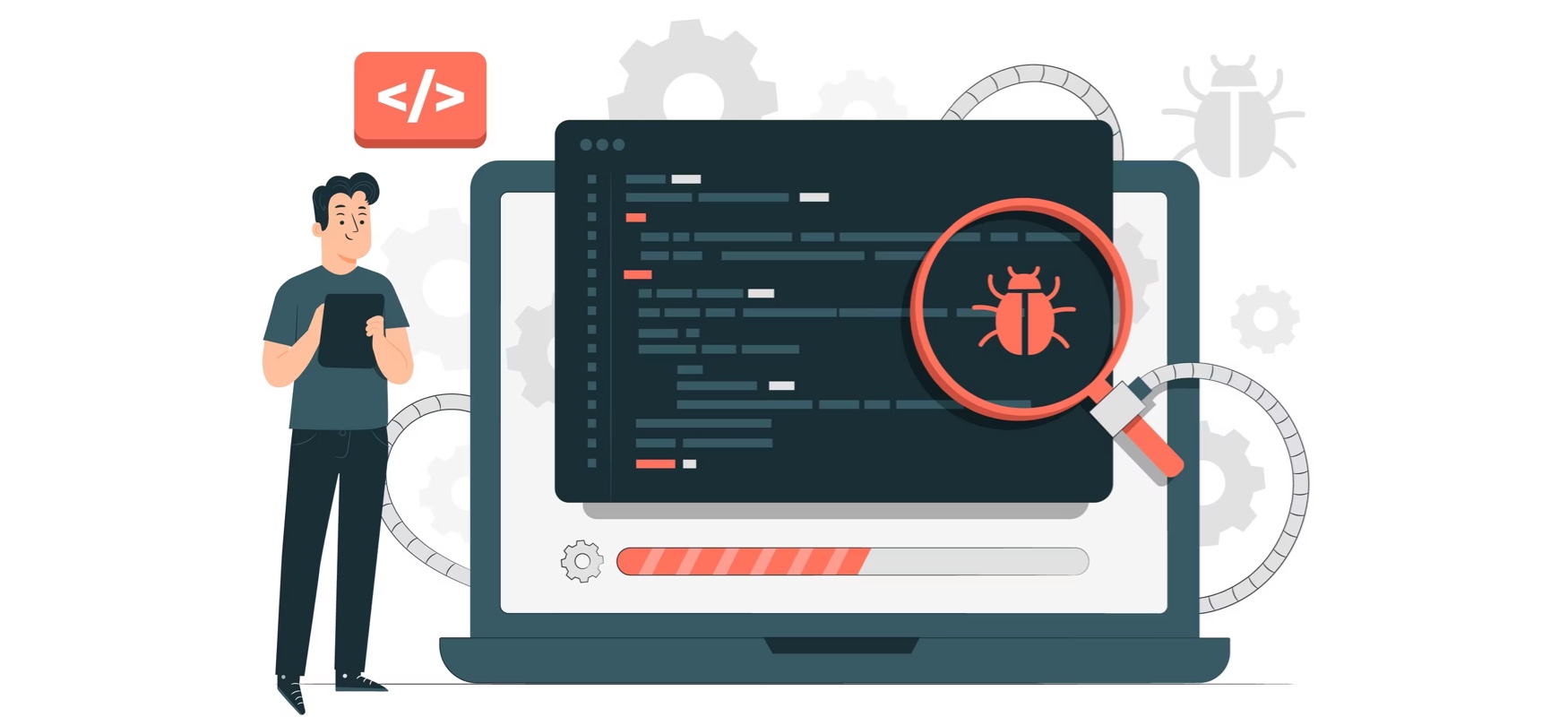
Web applications play a pivotal role in various aspects of our lives, from communication and finance to entertainment and healthcare. With this increased reliance on web apps comes the pressing need to ensure their security.
From protecting sensitive user data to safeguarding against cyber threats, prioritizing security in web applications is paramount.
Let’s delve into some fundamental principles and best practices for ensuring the security of web applications.
- Data encryption: encryption is the cornerstone of data security. Robust encryption algorithms must be used to protect data both in transit and at rest and implements SSL/TLS protocols to encrypt communication between the client and server, ensuring that sensitive information remains confidential.
- Authentication and authorization: implementing robust authentication mechanisms allows to verify the identity of users accessing your web application, applying appropriate authorization controls to ensure that users only have access to resources to which they are authorized.
- Input validation: one of the most common vulnerabilities in web applications is injection attacks, such as SQL injection and cross-site scripting (XSS). Validate and sanitize all user inputs to prevent malicious code from being executed on your application’s server or client-side.
- Session management: secure session management is crucial for preventing unauthorized access to user accounts. Session-related vulnerabilities can be mitigated by using secure session tokens and implementing session expiration policies.
- Cross-Site Request Forgery (CSRF) protection: CSRF attacks occur when unauthorized commands are transmitted from a user that the web application trusts. Implement CSRF tokens and enforce the same-origin policy to prevent attackers from exploiting this vulnerability.
- Security headers: utilize security headers such as Content Security Policy (CSP), Strict-Transport-Security (HSTS), and X-Content-Type-Options to enhance the security posture of web applications. These headers provide an additional layer of defense against various types of attacks, including XSS and clickjacking.
- Regular security audits and penetration testing: conduct regular security audits and penetration tests to identify and remediate vulnerabilities in a web application. Security professionals or automated tools can comprehensively evaluate the security of an application.
- Secure development practices: incorporate security into the entire software development lifecycle. The development team should be trained in secure development practices, perform code reviews, and leverage static and dynamic code analysis tools to identify security vulnerabilities early in the development process.
- Patch management: keep dependencies, frameworks, and libraries up to date to mitigate known security vulnerabilities. An update management process allows you to promptly apply security patches and updates to the application software stack.
- Incident response plan: outlining procedures to contain, investigate and mitigate security breaches is good practice, defining roles and responsibilities and establishing the necessary communication channels.
By adhering to these fundamental principles and best practices, we can bolster the security of your web application and protect both your organization and its users from potential cyber threats.
Security is not a one-time effort but an ongoing commitment that requires monitoring and proactive measures to stay ahead of evolving threats.

